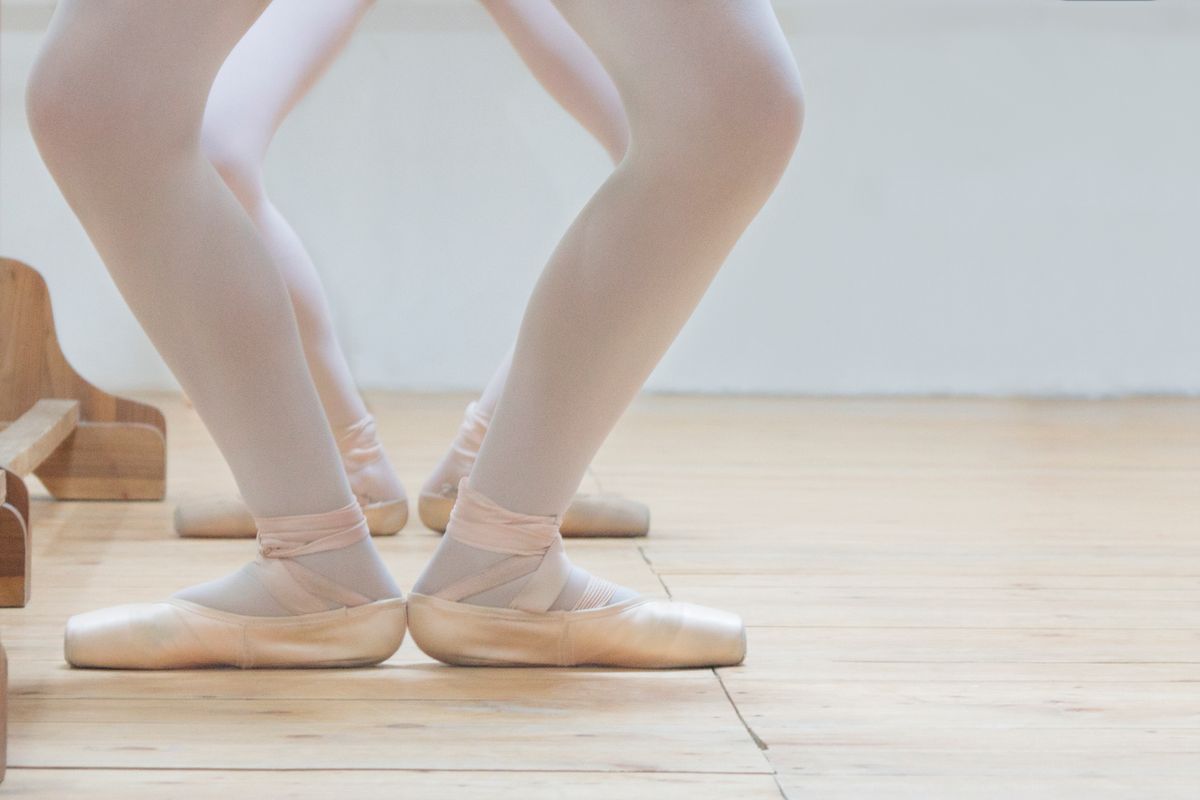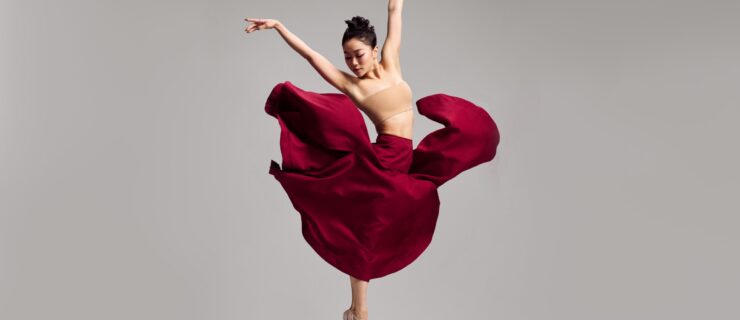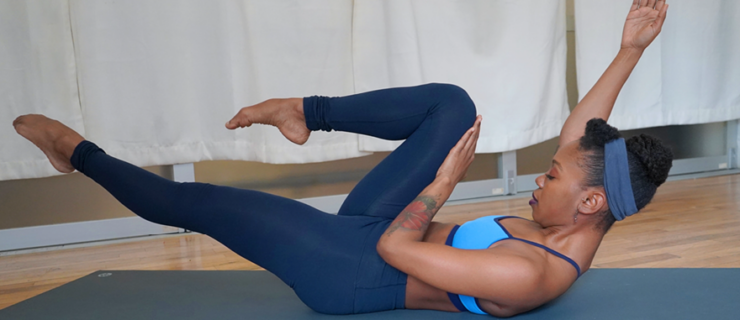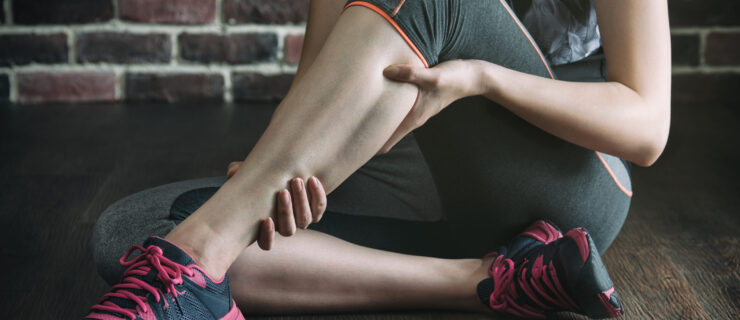A Safer Sauté: How to Prevent Injury From Jumping While Fatigued
Picture this: It’s the end of class. You’re exhausted and ready for reverence when your teacher decides it’s time for a drill of 32 changements. If you feel like you might not be jumping at your best, take extra caution. According to a study led by Danielle Jarvis, an athletic trainer and associate professor of kinesiology at California State University Northridge, when dancers are tired, they may lack the muscle control to land jumps correctly, putting them at risk for injury.
The Study
To see how fatigue affects dancers’ performance, Jarvis had 17 dancers perform 12 sautés in second position. She tracked how they executed the jumps, using a motion camera system and plates that measured how forcefully they landed. After having the group dance energetically until they felt fatigued, they repeated the sautés, and she studied how their jumps had changed.

The Findings
Jarvis found that, when fatigued, dancers tend to collapse into a deeper plié at the end of a jump. She saw an increased degree of dorsiflexion—the way your ankle bends upwards—upon landing. “They’re also tending to roll in towards the arch of the foot,” says Jarvis, “which we know is associated with forced turnout and increasing the risk of injury.” These habits put dancers particularly at risk for tendon overuse injuries, especially in the Achilles or the FHL tendon, which stretches from underneath the ball of the foot up the back of the calf. There’s also a risk for foot or knee injuries.
How to Help Your Jumps
Eccentric strengthening exercises, which focus on controlled motions, like a careful, precise plié at the end of a jump, may help dancers maintain their technique while jumping, even when fatigued. “That controlled lowering is really where I think the strength is lacking,” says Jarvis, who recommends the following exercise:
Stand on both feet, either turned out or in parallel. Relevé, and lower slowly for 5 counts. Then, try it one foot at a time. Work up to completing 3 sets of 10 on each leg





